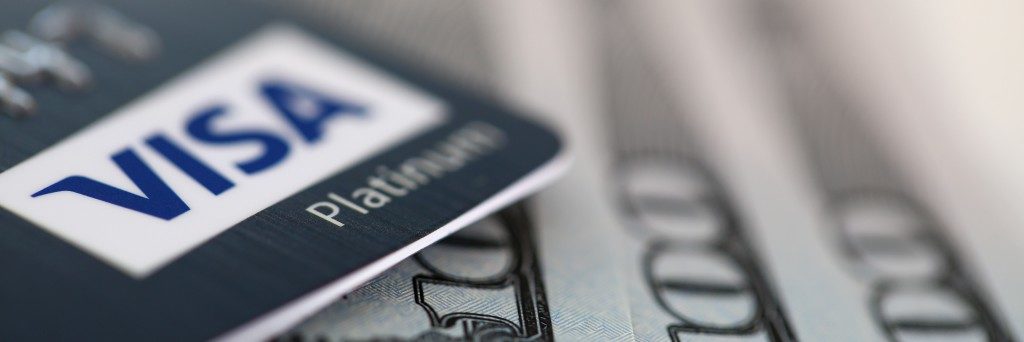One of the main reasons why America’s housing boom in the previous decade turned bust was because of widespread delinquency. The subprime market was large, and both the lenders and borrowers played their roles. Millions of American households could not afford mortgage repayments in the first place, which was why they quickly lost their homes when property prices dropped after consistently struggling to pay the bills.
The 2008 financial crisis feels like a long time ago, but the need for reliable income verification for mortgage and other risk aversion methods has never been greater since the Great Recession. Q2 2018 data revealed that mortgage fraud risk increased over 12% year over year, which meant one in every 109 home loan applications have signs of fraudulence.
Below are the standard ways borrowers try to trick lenders.
Falsifying Employment and Income Docs
Some borrowers are taking advantage of certain online services that juice up their incomes for a fee. These sites generate fake pay stubs to create an illusion that a borrower can repay a mortgage. Many of these services are located outside the United States and are hard to trace.
Mortgage lenders need to use today’s technology in a smarter way than borrowers do. While many individuals can earn good money online, it is imperative to use fintech solutions that can analyze and verify adequate pieces of borrower information from trusted sources.

Keeping Liabilities Secret
Many borrowers are lying about their debt too. Considering how easy it is to take out a personal loan outside the mainstream banking system these days, it is extra challenging to figure out a borrower’s exact level of indebtedness.
Traditional mortgage lenders have to collaborate with fintech startups that use alternative data to uncover the undisclosed liabilities of borrowers and assess their creditworthiness more accurately. Relying solely on major credit bureaus might no longer suffice if you are serious about determining precise debt-to-income ratios of borrowers.
Using Illegitimate Down Payment Sources
Following the money trail is essential when understanding how much of a down payment comes from legitimate sources. However, financial transactions these days have become more digital than manual, and not all banking activities necessarily appear on paper documents.
Again, the same old rules still apply. Large deposits should still be questionable unless they are backed by gift letters. Money in savings accounts must always be seasoned for at least 60 days to prevent any deceitful tactic from improving one’s financial position. If there are suspicious economic activities, demanding a letter of explanation is still in order.
What today’s lenders should do, though, is use more financial data to verify cash reserves for a down payment as well as closing costs. This is the only way to ensure a borrower is not using alternative forms of debt, like a title loan, to produce funds to cover out-of-pocket expenses that help reveal that person’s ability to afford a mortgage.
The risk of fraud never goes away, but it should not be as big a concern. The technologies to spot dishonest borrowers is now available; you have to invest in them or in companies that use them to maximum effect.

